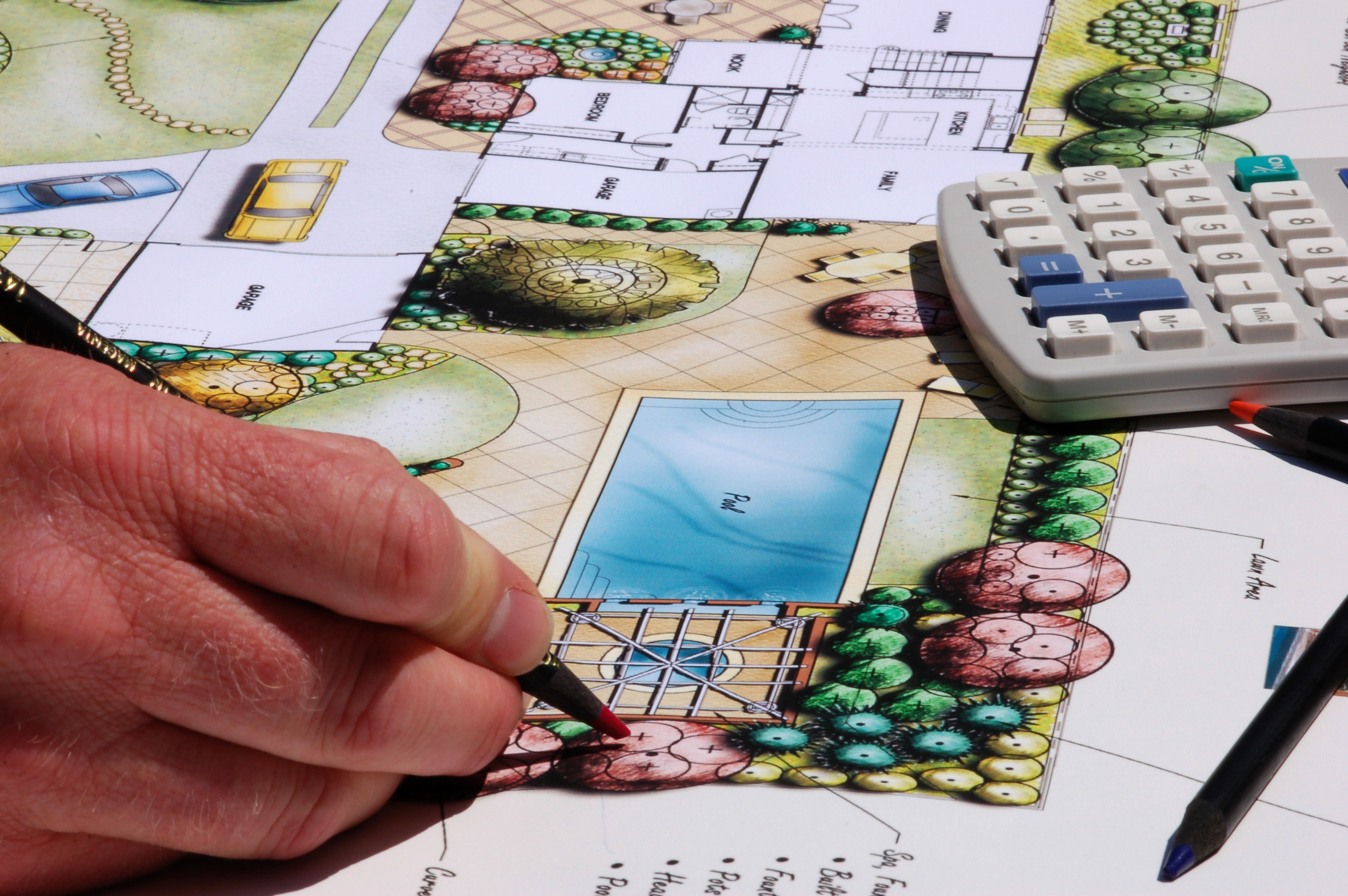Landscaping for Nature: Inviting Avian Species and Pollinating Insects
Designing a environment that not only decorates your property while also promotes wildlife is progressively important. As more people look to their gardens for rest and enjoyment, there's a increasing desire to create spaces that attract birds and insects. Incorporating elements that welcome these creatures does not only enhance the beauty of your property and also aids to the vitality of local ecosystems.
In this piece, we will explore the practice of landscaping for wildlife, discussing how the appropriate design choices can connect nature closer to home. Starting with selecting native plants to designing water features, we will dive into useful tips and eco-friendly practices that help create a thriving habitat for birds and pollinators. Regardless of whether you're a experienced gardener or just starting out, you'll find important insights that make your outdoor space into a refuge for wildlife, encouraging a vibrant and rich environment.
Gains of Expert Landscaping
Investing in expert landscaping can significantly enhance the visual appeal of your property. A thoughtfully arranged landscape not only improves your outdoor space but also creates a inviting atmosphere for both the residents and visitors. Experienced landscapers have the knowledge and skills to select vegetation and design layouts that complement the look of your home or business, ensuring a unified and appealing appearance.
Another benefit of hiring a landscaping service is the utility it brings to your outdoor space. Experts know how to create functional areas that fit your lifestyle needs, whether it’s a space for hosting guests, unwinding, or planting. They also have the resources and expertise necessary to implement features such as sprinkling systems, lighting, and pathways that boost usability while preserving the beauty of your yard.
Additionally, expert landscaping can increase the value of your property. Homes and businesses with well-maintained landscapes are often more appealing to potential buyers, and research have shown that good landscaping can lead to higher appraisal values. This spending not only improves your immediate enjoyment of the space but also offers long-term financial benefits, making it a smart choice for residential managers and landowners alike.
Eco-friendly Garden Design Methods
Sustainable landscaping is focused on creating a garden that not only improves beauty but also helps the ecosystem. By using native plants, which are suited to the regional climate and soil conditions, homeowners can create a thriving ecosystem that requires minimal water and low maintenance. Native plants provide essential habitats for native wildlife, including avian species and bees, making your landscape a refuge for these species. This method reduces the requirement for chemical fertilizers and pesticides, encouraging healthier soil and flora in your yard.
Incorporating water-efficient techniques is another cornerstone of eco-friendly landscaping. Strategies such as low-water landscaping emphasize designing landscapes that require minimal irrigation, helping conserve water. Creating rain gardens and permeable paving can effectively manage stormwater runoff, preventing soil erosion and reducing the risk of flooding. By planning for efficient water use, homeowners not only contribute to environmental sustainability but also reduce on water bills over the long run.
Furthermore, embracing sustainable resources and maintenance practices supports a healthier planet. For instance, using natural fertilizers and biological pest control techniques can enhance plant health without adding harmful chemicals into the environment. Recycling yard waste improves the soil and reduces the requirement for synthetic products. By focusing on look at here eco-friendly practices, you can create a beautiful garden that thrives while favorably impacting regional ecosystems and building a greener future.
Inviting Animals to Your Yard
Establishing a nature-friendly garden starts with selecting the right plants that provide sustenance, homes, and nesting spots for various species. Select indigenous plants that are adapted to your local weather and earth, as these will attract local avian species, honeybees, and moths more efficiently than foreign species. Incorporating a wide range of blooming plants will guarantee you have flowers throughout the year, offering vital resources for pollinators during their active times.
Along with plant choice, contemplate adding items like avian shelters, bat houses, and bee hotels into your outdoor space. These items create secure spots for wildlife to stay and can assist boost species diversity in your yard. Aquatic elements, such as baths for birds or little ponds, not only beautify the beauty of your landscape but also offer an important resource for wildlife and other creatures, especially during dry periods.

In conclusion, minimizing chemical use and opting for organic gardening techniques will create a more sustainable environment for helpful insects and wildlife. By utilizing a natural approach to garden upkeep, you can assist sustain the local habitat while appreciating the lively life that exists in your yard. Creating a friendly habitat for wildlife not only enhances ecological diversity but also enhances the overall enjoyment and beauty of your garden.